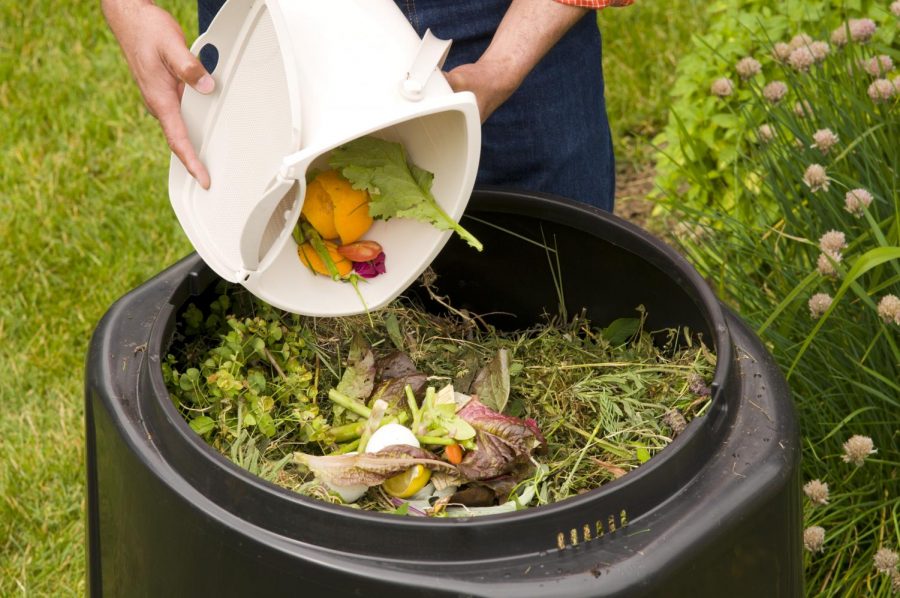Food for thought – let it rot
Composting food scraps in schools could have a major impact on the environment.
Composting food scraps may be one answer to our landfill problems
Food is something that has been around since the beginning of life on earth, yet, in today’s world, we still don’t know how to properly dispose of it. Composting of food scraps is the most efficient way to dispose of extra food remnants. By doing so, the composted materials would break down into a designated area and offer a plethora of environmental benefits. In reality, many food scraps are simply being placed in garbage cans and wait to get picked up and placed in a landfill. This is why there is an enormous amount of food that is being wasted and not used for its environmental benefits. Schools could take the lead in recycling and in educating their students about this under utilized part of our environment.
The idea of recycling and composting has been around for a little while and has became somewhat popular recently. Thus, we should have a process for everything that can either be recycled or composted. Numerous benefits come through these two cycles of recycling and composting, making it more and more important to know and understand these benefits. Completing these two earth saving projects can naturally recycle organic and reusable material, making it foolish for people not to do it. So many happenings in this world are inflicting damage on the future of this earth, giving even more reason to do everything in one’s power to save the earth.
Wasted food scraps have been piling up in landfills and decomposing, but not giving any environmental benefits, since they can’t be used properly. According to “Feeding America”, an organization that aims to fight against food waste, states that, “nearly 21% of landfill space is taken up by food waste”. Additionally, none of the composted materials that are compiled in the landfills are ever used for benefiting the environment, it all just sits there. With an alarming amount of food scraps mounting in landfills, it isn’t only filling the landfill, it is also offering zero uses to the community or anything for that matter. According to “Growing Local Fertility”, “ the recovery level for the 36 million tons of food scraps remains only at a mere four percent.” This means that the amount of food scraps actually being used and collected for a positive reason can at maximum be four percent of all the food scraps.
The people of the world need to take the initiative to collect their food scraps when they are cooking and then either make their own compost area or consider making a designated area where everyone in a community can put all their scraps into the same spot. If communities were to take this project and turn it into a lifestyle, they would be able to use the composted material to use in their gardens and continue the cycle of growing and reusing more nutritious food. Helping the world be a better place is something that will help secure life for future generations and give more opportunities for this world to continue to advance and evolve. If we want to live, like the first life on earth, then we should do whatever is needed to preserve the earth.

